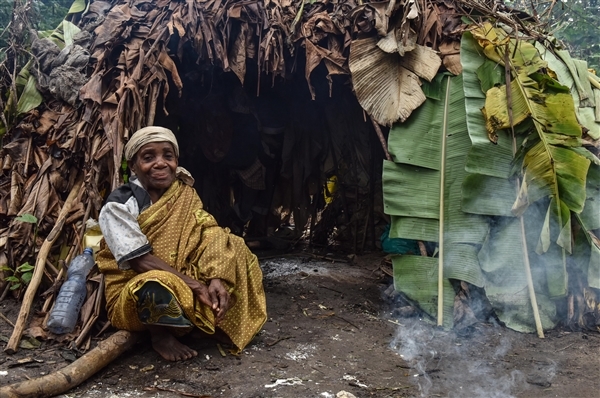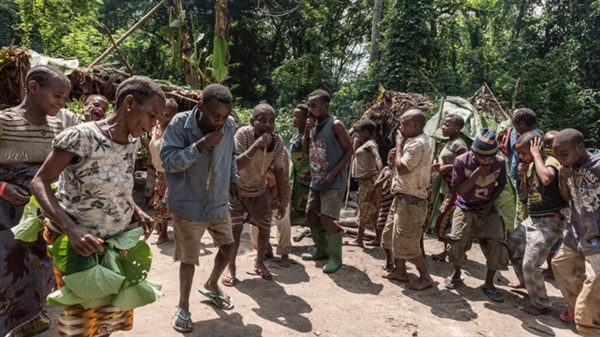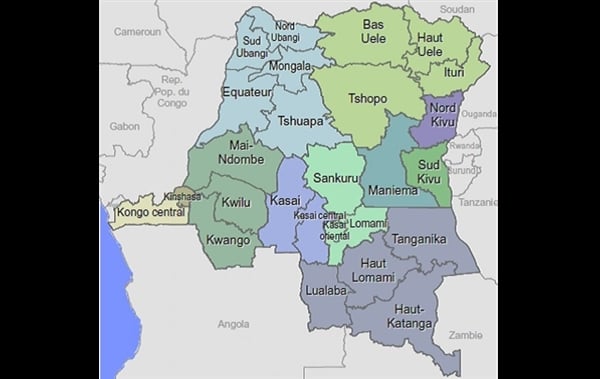On August 5, 2017, four days before the celebration of the 10th anniversary of the United Nations Declaration on the Rights of Indigenous Peoples, I was deeply troubled by news of deadly confrontations between Bantu[1] and indigenous (Pygmy) communities in Tanganyika province of the Democratic Republic of Congo (DRC).

The violence, originating from ethnic discrimination between the above mentioned ethnic communities leaves a bitter taste in my mouth. This consideration becomes critical when the bone of contention is the distribution of land resources amongst the Bantu and Baka people.
I am cautious about discussing the cause of these deadly clashes with controversial official figures of casualties. But effective management of forest resources in the D.R Congo needs little belabouring not only to environmentalist but local communities as well.
Peaceful coexistence between the two communities is difficult in some parts of the DRC which happens to be rich with immense natural resources but poor in infrastructure.
The majority Bantu arrived several decades ago and consider themselves as masters of the forest and its resources. This claim flaunts in the face of indigenous peoples (Pygmies), known for their ties to their ancestral lands. The indigenous people, however, face a significant challenge: the recognition of their fundamental rights over traditional space and natural resources.

The safeguard of this land right often leads to violent clashes, such as those witnessed in the Tanganyika province. However, some solutions have been tried by local authorities to stop these tensions and ethnic infighting. An example is a clause requiring industrial logging companies to carry out certain local development projects in communities where they exploit timber. But this has proven to be ineffective in reducing violence and promoting economic and social development.
As I reflect on the loss of lives and property as a result of conflict over forest resources, I believe community forestry is one of the answers to alternative solution that could directly contribute to defusing tensions. International donor organisations should help local communities safeguard traditional rights and encourage community forest concessions. This will assist in reducing the confusion over forest ownership and sustainable exploitation.
As a people-focused organisation with environmentally friendly solutions at heart, Greenpeace Africa is facilitating the implementation of local community forest pilot project in the DRC. These are in Bikoro in the North of Equateur province and Lisala in Mongala province.

In addition to the land rights of indigenous peoples and local communities, the project’s other objective is to train beneficiaries to sustainably manage their forests and generate income to improve their livelihoods. Approximately one thousand people are directly involved in this pilot project. Locals will have the opportunity to learn how to manage their forest resources in a sustainable manner.
I firmly believe it is important for the Congolese government and its donor partners at the Central African Forest Initiative (CAFI), a partnership to reduce carbon emissions from deforestation launched by the United Nations and the Norwegian Government, to allocate necessary fund for community projects.
It’s my firm conviction that CAFI’s financial assistance to community forestry will go a long way to contribute to a peaceful coexistence between the local communities in Congo.
It’s time for readjustment. Let us act now!
Notes
[1] The term Bantu refers to a linguistic community that covers most of Central and Southern Africa with some 400 related languages, known as Bantu languages. They represent 80% of the DRC’s population
